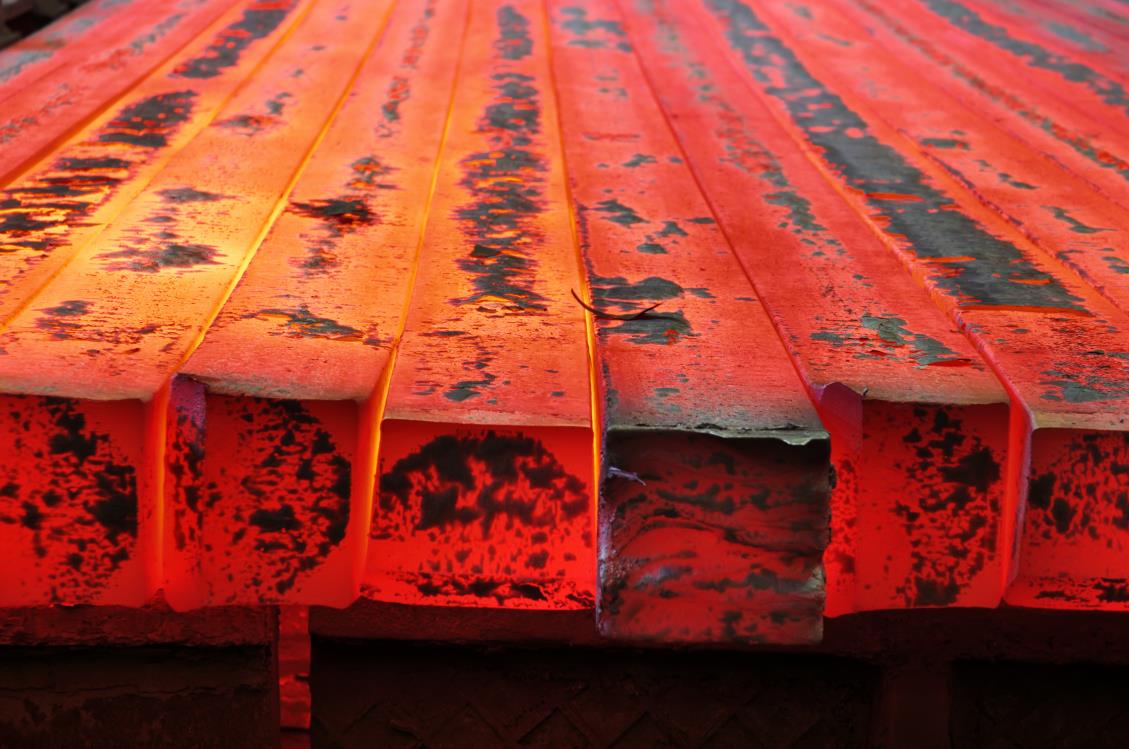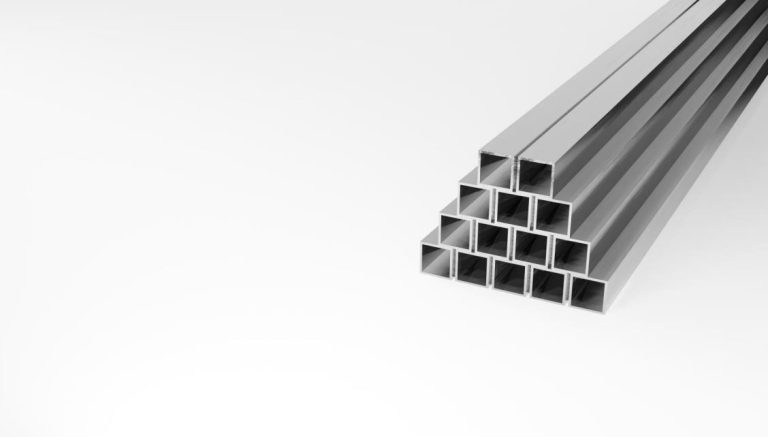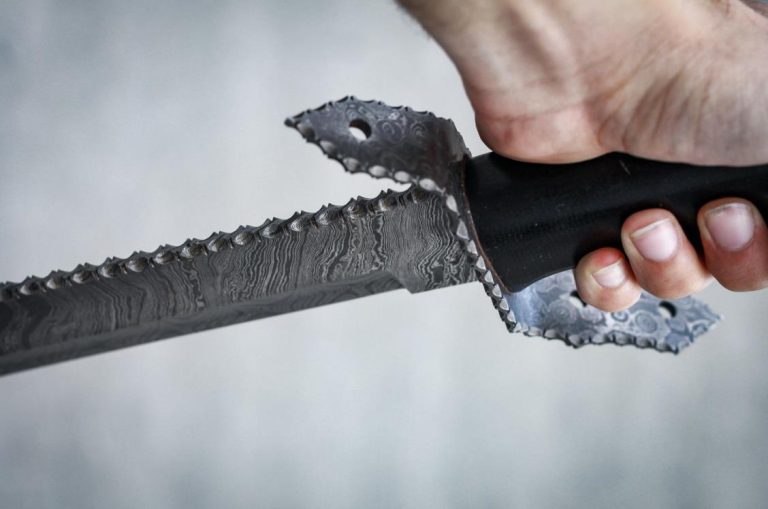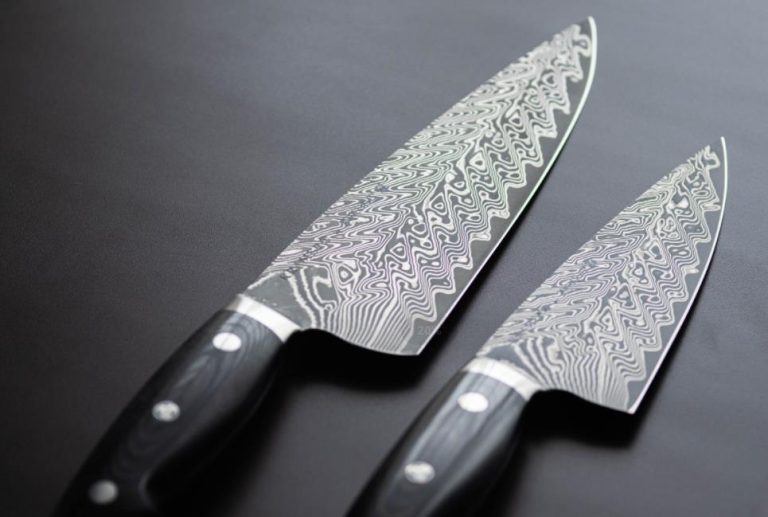While the brand and design are often at the forefront of buyer decisions, the blade steel is one of the most important aspects to consider. It is what gives the blade its attributes and makes it worthy for the user.
Among the hundreds of knife steels, M4 by Crucible is a favorite for having balanced properties. Although it isn’t developed intentionally for making knives, many knifemakers have put M4 on their radar. Spyderco, Bradford, and many other prominent knife brands have products made from M4.
There isn’t a perfect knife steel. As such, the blades M4 steel makes may or may not suit your customers. In this article, we’ll review the composition and properties of M4 to help knife shops determine if the blades made from it are a good investment.
Read to the end to discover everything you need to know about M4 steel and compare it with similar alternatives.
What is CPM-M4 steel?
CPM M4 steel chemical composition:
- Carbon: 1.40%
- Chromium: 4.00%
- Vanadium: 4.00%
- Molybdenum: 5.25%
- Tungsten: 5.50%
- Silicone: 0.55%
- Manganese: 0.30%
M4 steel, also known as CPM-M4 and CPM-REX M4, is a high speed tool steel developed by Crucible Industries, an American steel manufacturer. Crucible manufactures M4 following its patented Crucible Particle Metallurgy process.
Therefore, it is a powder metallurgy steel with a fine microstructure. This manufacturing process enables knife blades made from it to have exceptional sharpness.
The chemical composition of M4 is interesting, with high amounts of vanadium, tungsten, and molybdenum. The vanadium increases its wear resistance and edge retention. The molybdenum and tungsten are there more for its CPM-M4 steel’s intended purpose.
Since M4 is developed for tooling, it can get hot when working under high friction and speed. These alloying elements ensure steel doesn’t lose its properties following heat treatment. Still, these carry over in a beneficial way when M4 is used for forging blades.
Buy Wholesale Knives and Start Scaling up with Us Today
Contact us and connect with a sales rep to get a free quote.
M4 knife steel properties
Even though M4 steel isn’t designed for making blades, we will cover its properties as a knife blade material. Here are the properties of CPM-M4 steel that concern knife buyers.
Hardness

M4 steel can be hardened anywhere from 60 to 65 HRc, measured under the Rockwell hardness scale. However, the optimal hardness for knives is between 62 and 65 HRc. Most knifemakers heat treat M4 steel in this range.
With hardness up to 65 HRc, we can categorize M4 steel among the hard knife steels. It’s on par with ZDP-189, Maxamet, and S110V. Despite this high hardness, CPM-M4 doesn’t have the properties of typical high hardness steels.
Wear resistance
M4 steel’s high vanadium content and hardness translate to increased wear resistance. The equally rich amounts of molybdenum and tungsten help form these carbides, making M4 steel extremely wear-resistant.
Aside from edge retention, wear resistance also means the blade will maintain its appearance. M4 steel blades aren’t susceptible to picking up scratches after use, which also means less likely to lose material during use.
Edge retention
Wear resistance always correlates to edge retention. A knife’s edge retention capability is as good as the steel’s wear resistance and the sharpening angle of the cutting edge. Still, the chemical composition within the steel is the most significant contributor in determining how long a knife can stay sharp.
With its exceptional wear resistance, M4 steel knives hold a sharp cutting edge for long periods. Even if the blade is working for hours, your customers will only notice a slight drop in sharpness.
This exceptional edge retention is what lures knife enthusiasts into M4 steel blades. Whether a custom knife or one made by a popular brand, M4 steel knives don’t disappoint in keeping a sharp edge.
Toughness
If you’ve read our articles about other knife steels, you would know that when the wear resistance and hardness go up, there is a drop in toughness. This applies to M4 steel as well, but not to the same degree as others. The toughness of M4 steel is surprising for its hardness and wear resistance.
At similar hardness levels, CPM-M4 steel is tougher than K390, 10V, and S30V. It even overshadows steels like AUS-8 and 440C. The edge retention combined with its toughness makes M4 a premium steel. This is why many pick up M4 steel as their favorite.
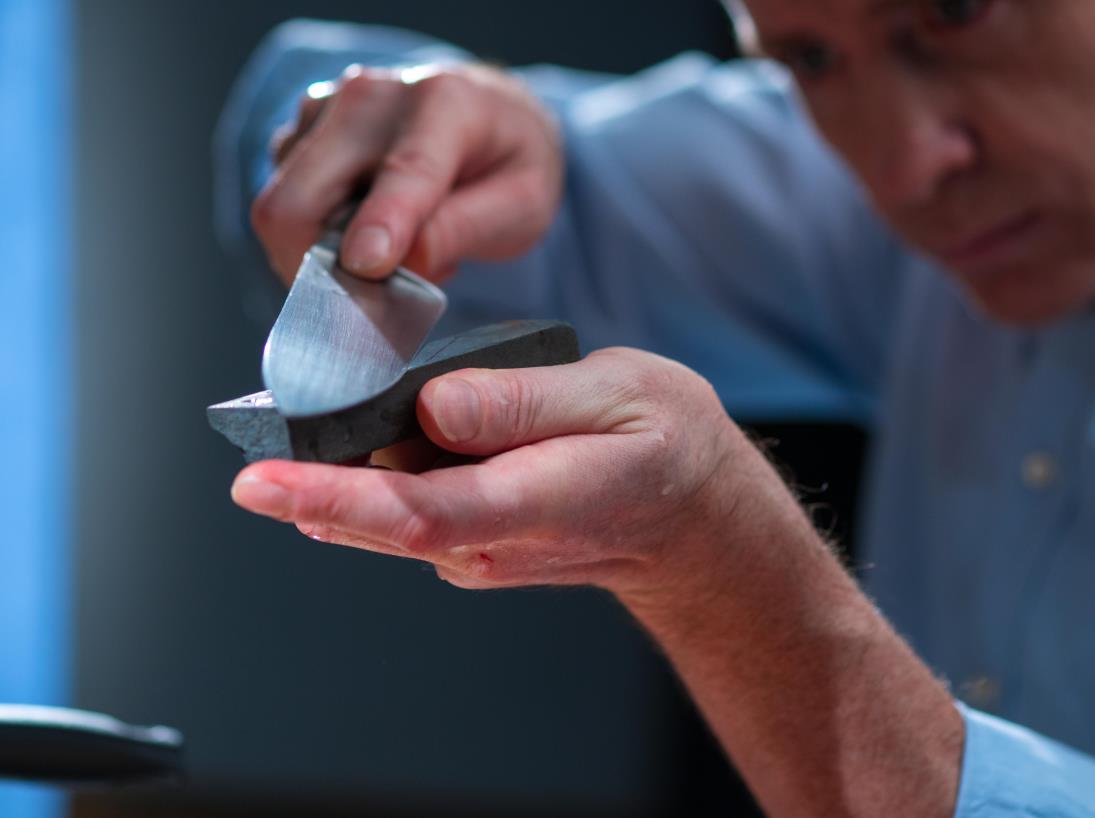
Sharpening an M4 steel blade isn’t an easy task. As with other highly wear-resistant steels, it will take a lot of elbow grease or more abrasive sharpening tools. Nonetheless, being a powder metallurgy steel eases the difficulty of sharpening slightly.
We recommend advising your customers to use a diamond stone to sharpen their M4 steel blades. Consider adding diamond stones to your sharpening equipment if you’re selling knives made from similarly challenging steels. Although your customers won’t use them as often with steels like this, they will need one eventually.
Corrosion resistance
Now comes the part where M4 steel may let down users. It isn’t stainless steel. The 4% chromium in its composition is far below the required amounts for making a steel rust-resistant. This amount of chromium does more to the steel’s toughness than corrosion resistance.
The high molybdenum content improves its corrosion resistance, but not to a noticeable degree. Therefore, M4 steel knives are prone to rust. It can also form a patina. If a knife user utilizes an M4 steel knife outdoors as if M4 were stainless steel, the outcome will be disappointing.
M4 steel knives should be handled with care to prevent corrosion and rust.
M4 steel comparisons
M4 steel suits the preferences of many knife users, but alternatives might be a better pick overall. Here is how M4 stands against other steels compared to it the most.
M4 steel vs. S30V
S30V, or CPM-S30V, is also developed by Crucible Industries. S30V steel is a more popular name in the knife industry than M4. However, S30V is a step down from M4 as it has inferior edge retention and toughness. Corrosion resistance is the only part where S30V stands above M4.
If the buyer is okay with maintaining their knives, M4 will be a much better pick. It cuts longer and resists impact from robust cutting tasks better than S30V. Although costlier, M4 is worth the investment, especially for everyday users.
M4 steel vs. M390
M390 is an excellent alternative for those that want better corrosion resistance but don’t want to lose the edge retention and toughness of M4. M390 is one of the most prominent premium knife steels, and users usually have no complaints.
CPM-M4 and M390 have similar edge retention and toughness. M390 is significantly more rust-resistant than M4, making it a better substitute. The corrosion resistance M390 has over M4 makes it a more sensible pick for users concerned about M4 steel’s rust and corrosion resistance.
Lastly, M390 steel knives are pricier than their M4 counterparts as steels made by Bohler-Uddeholm are much more expensive, especially in the United States. Consider this if you lean towards M390.
M4 steel vs. S90V
CPM-S90V is an incredibly wear-resistant steel that doesn’t sacrifice its toughness as much. Depending on heat treatment, S90V can have better wear resistance than M4. S90V accomplishes this despite being much softer steel at 57 to 59 HRc, whereas M4 can reach an impressive 65 HRc.
While it has a better balance between edge retention and toughness, it is also rust-resistant. The worries of corrosion and rust are minimal with S90V, making it a more favorable option than M4. For many, all these also make S90V the ultimate knife steel.
Buy Wholesale Knives and Start Scaling up with Us Today
Contact us and connect with a sales rep to get a free quote.
Conclusion: is M4 steel a good investment for knife stores?

M4 steel upholds properties that make a satisfying knife blade. It has edge retention and toughness better than most steels. The knives made using M4 steel cut for long durations without losing sharpness, which reduces the time and resources spent on sharpening.
In a way, there’s a trade-off between its cost-effectiveness and corrosion resistance.
Knife users with carbon steel blades will find M4 knives easier to maintain, but those acquainted with stainless steel may find it bothersome.
These narrow the potential buyers as it appeals more to professional and everyday users rather than those who use a knife occasionally. If your customers are professionals and daily users, you can’t go wrong with high-performing premium steel like M4.
Source knives and equipment from LeeKnives
LeeKnives is a knife manufacturer based in Yangjiang City, China. We pride ourselves in supplying countless North American stores with wholesale products, including kitchen knives, sharpening supplies, cutting boards, and sheaths.
We are ready to be the go-to supplier for all your sourcing needs. Click here to request a free quote today.
